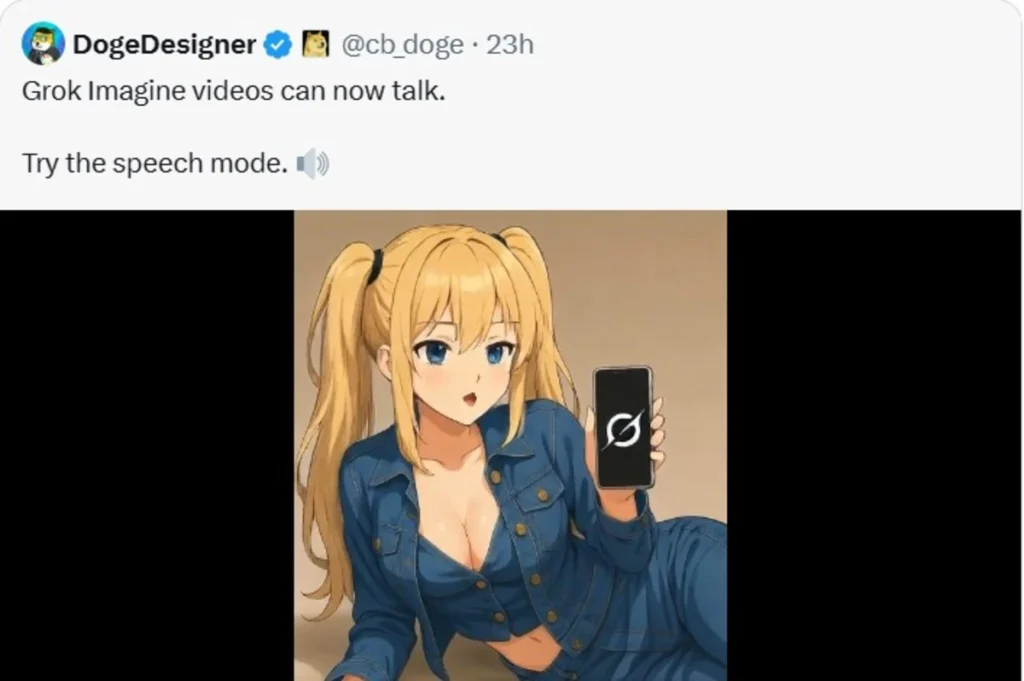
In a casually thrilling post that set the tech world abuzz, Elon Musk recently unveiled a major leap forward for AI content creation: “Grok videos can now talk,” he announced on X (formerly Twitter), hinting at “a major upgrade to image & video generation in a few weeks.” The catch? It’s still early beta.
At its core, this upgrade promises to transform static AI-created visuals into dynamic, speaking characters—ushering in a new era of storytelling. For creators and tech enthusiasts, it’s a tantalizing preview of generative media that speaks, not just shows.
Grok videos can now talk.
— Elon Musk (@elonmusk) September 5, 2025
Major upgrade to image & video generation in a few weeks.
This is still early beta. https://t.co/wffmSmyd9F
Musk’s announcement carries more than a whisper of a teaser; it’s an invitation to imagine a world where AI brings generated figures to life. Whether it’s characters narrating their own origin stories, product demos delivered by digital avatars, or interactive learning presentations, the potential is vast.
Yet, with the “early beta” caveat comes a dose of grounded reality. The path from voice-enabled prototypes to smooth, polished applications often stretches longer than expected. Early users might encounter quirky behavior or limited capabilities as the system matures.
Still, the announcement is unmistakably bold—and characteristic of Musk’s blend of spectacle and disruption. It’s both a carrot and a canvas: a promise of what’s to come and a blank slate for innovation.
As we await the beta rollout in the coming weeks, one thing is clear: AI-generated visual content is not just evolving—it’s learning to speak.

